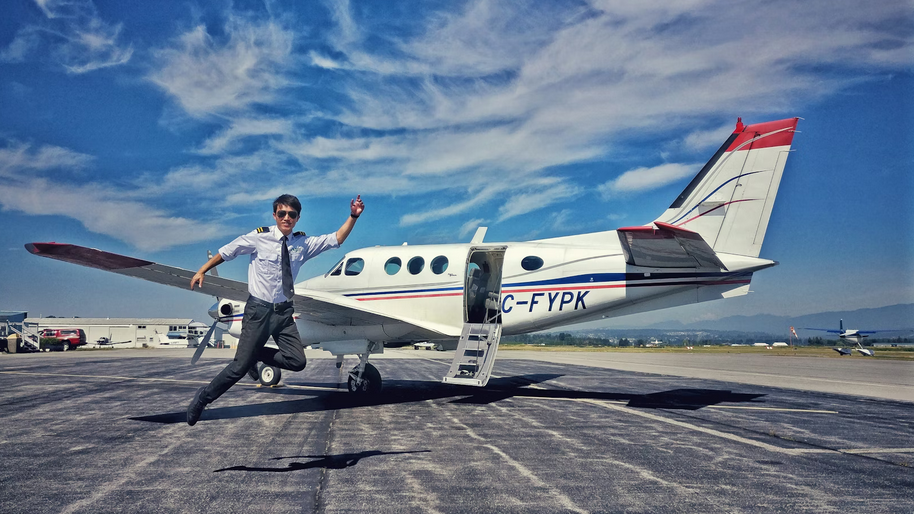Expert Advice for Successful Experimental Plane Flights
The allure of experimental plane flights lies in the uncharted skies they explore and the groundbreaking innovations they test. These flights are pivotal in advancing aeronautical technology, but they come with unique challenges and risks. Successfully navigating these challenges requires a blend of expertise, meticulous planning, and adherence to safety protocols. This article delves into expert advice for conducting successful experimental plane flights, providing insights into mastering the skies and implementing key strategies for safe and efficient plane testing.
Mastering the Skies: Tips for Experimental Flights

Embarking on an experimental flight demands a thorough understanding of both the aircraft and the environment. Pilots and engineers must collaborate closely, ensuring every component of the plane is meticulously checked and optimized. Pre-flight inspections are critical, as they help identify potential issues that could compromise the mission. Understanding the flight characteristics of the experimental aircraft, including its performance limits and handling quirks, is essential for pilots to maintain control and ensure safety.
Weather conditions play a crucial role in the success of any flight, particularly experimental ones. Expert pilots are adept at reading meteorological data and adapting their flight plans accordingly. It’s essential to avoid adverse weather conditions that could put the experimental aircraft at risk. Advanced planning and flexibility in scheduling can mitigate weather-related risks, ensuring that flights are conducted under optimal conditions.
Communication is another key element in mastering the skies. Establishing clear communication protocols between the pilot, ground crew, and any other personnel involved is vital for handling unexpected situations. Regular updates on the aircraft’s status and potential issues should be communicated swiftly and accurately. This ensures that everyone is on the same page and can respond promptly to any challenges that arise during the flight.
Key Strategies for Safe and Successful Plane Testing

Safety is paramount in experimental plane flights. Before any test flight, a comprehensive risk assessment must be conducted to identify and mitigate potential hazards. This involves evaluating all aspects of the flight, from the mechanical integrity of the aircraft to the capabilities of the crew. Developing a robust contingency plan for emergencies is crucial, ensuring that pilots are prepared to handle unforeseen scenarios effectively.
Data collection is a cornerstone of successful experimental testing. Equipping the aircraft with advanced sensors and telemetry systems allows for real-time monitoring of performance and structural integrity. Analyzing this data helps engineers understand how the aircraft behaves under different conditions, providing insights that drive further innovation. Post-flight debriefs and analysis sessions are integral, as they enable teams to assess the efficacy of the flight and make necessary adjustments for future tests.
Finally, continuous learning and adaptation are vital to the success of experimental flights. The field of aeronautics is ever-evolving, and staying updated with the latest technological advancements and regulatory changes is crucial. Engaging with the broader aviation community through forums, conferences, and collaborations fosters the exchange of knowledge and best practices. This collective wisdom not only enhances individual flights but also contributes to the overall advancement of aerospace technology.
Experimental plane flights are at the forefront of aeronautical innovation, pushing the boundaries of what is possible in aviation. By mastering the skies and implementing key safety strategies, pilots and engineers can conduct these flights successfully and safely. Each test flight is a step forward in understanding and improving aircraft performance, contributing to the development of safer, more efficient, and more advanced aircraft. With careful planning, thorough risk assessment, and a commitment to learning and adaptation, the sky is not the limit but the beginning of endless possibilities.



